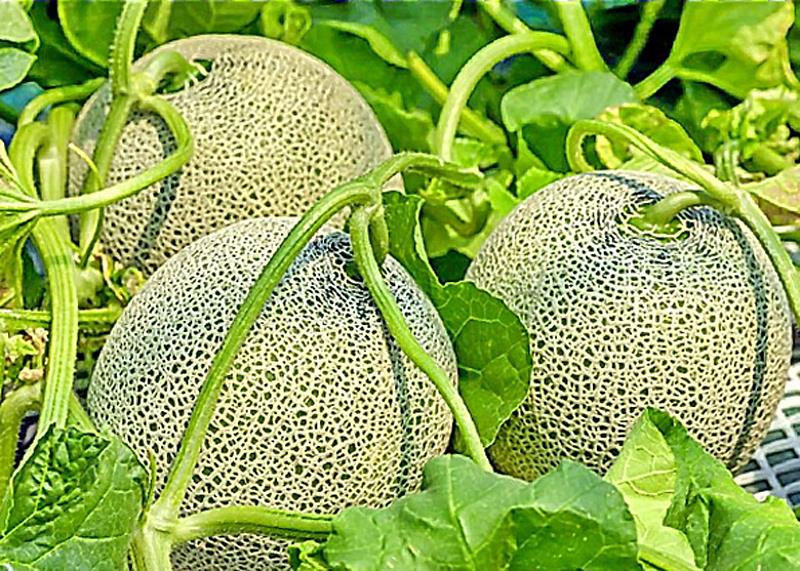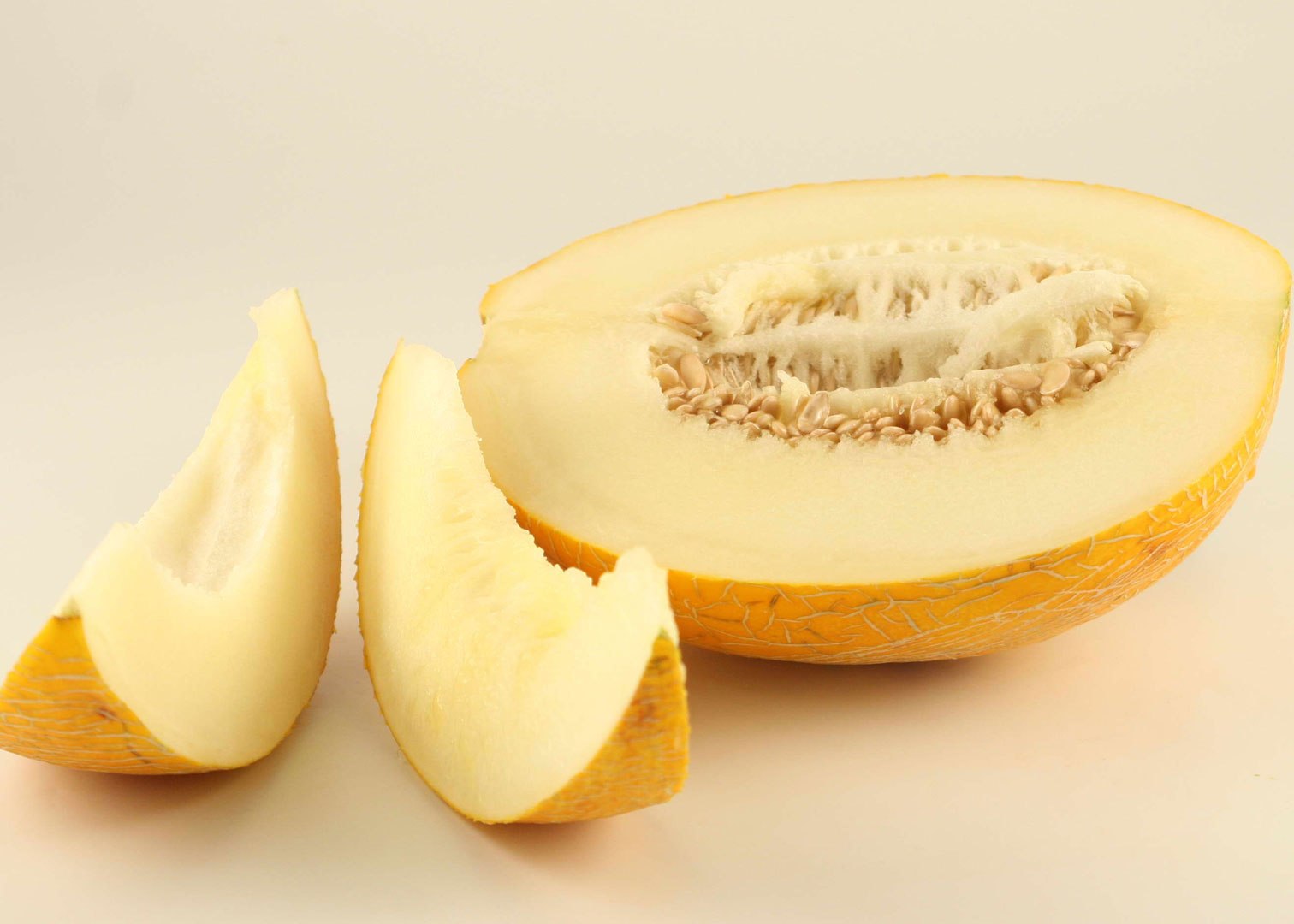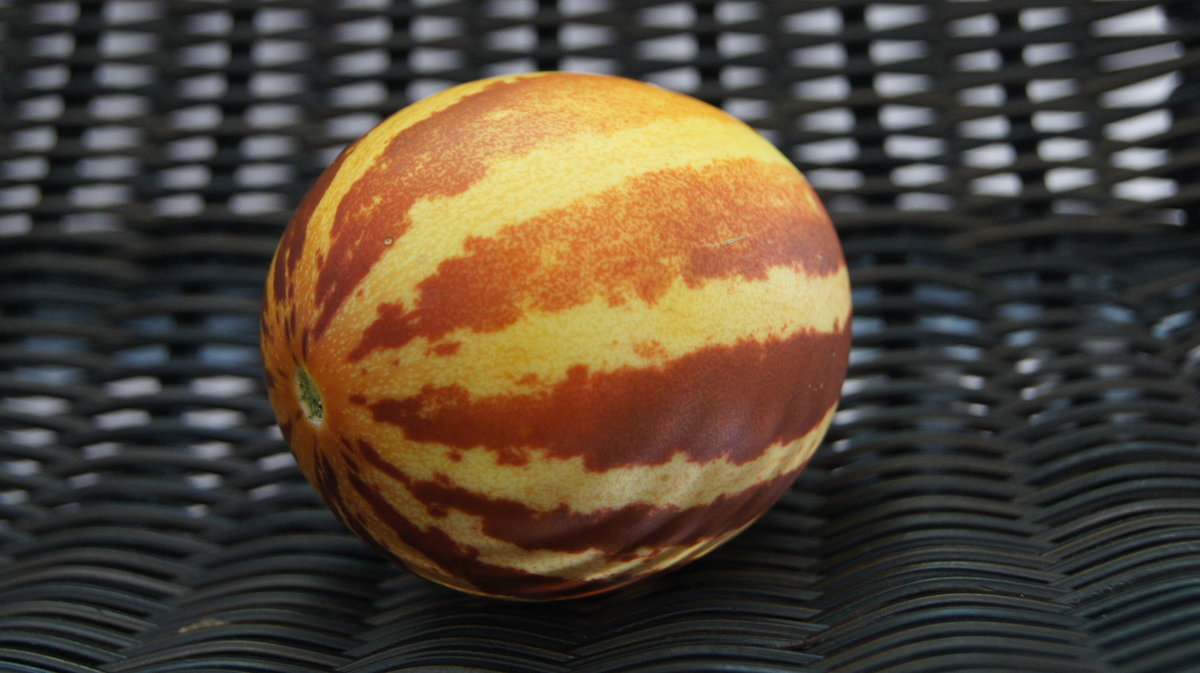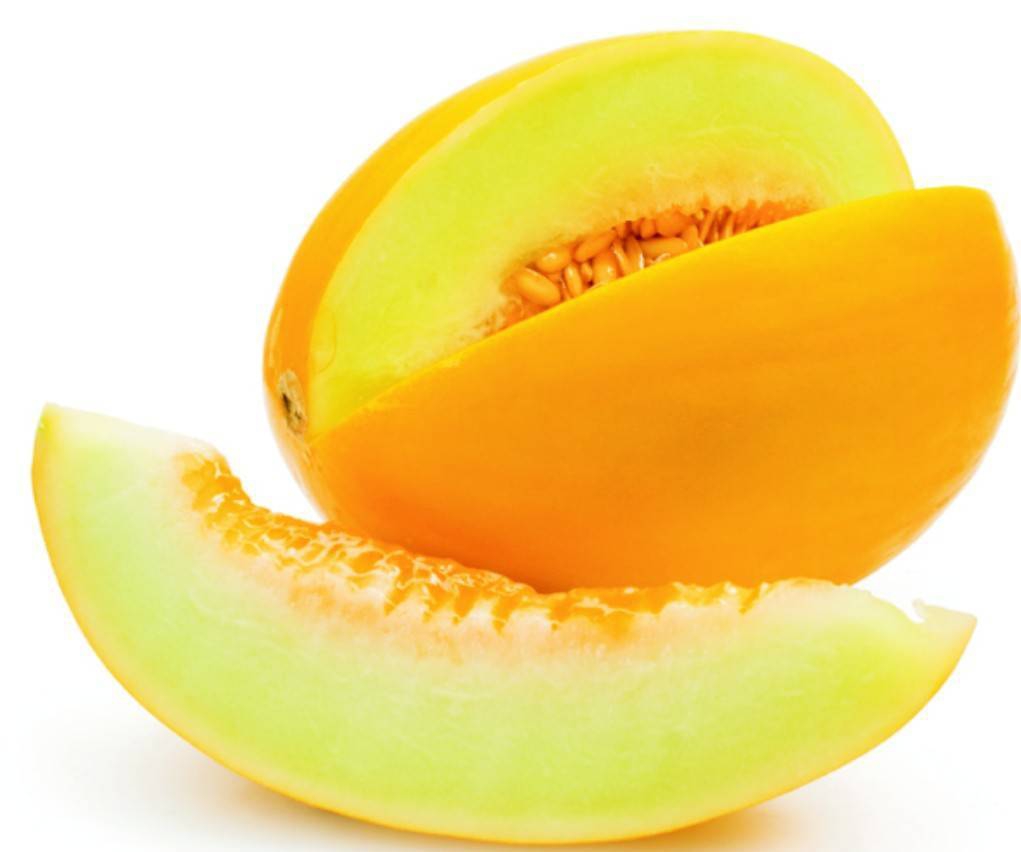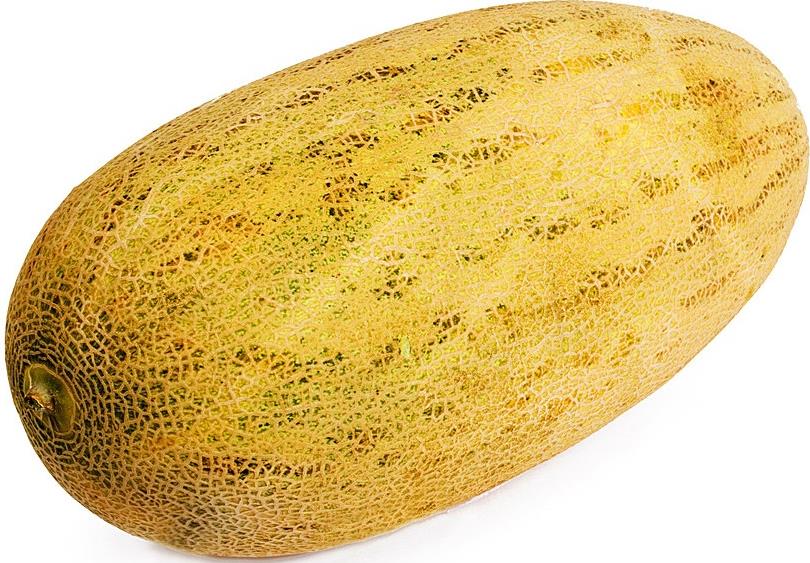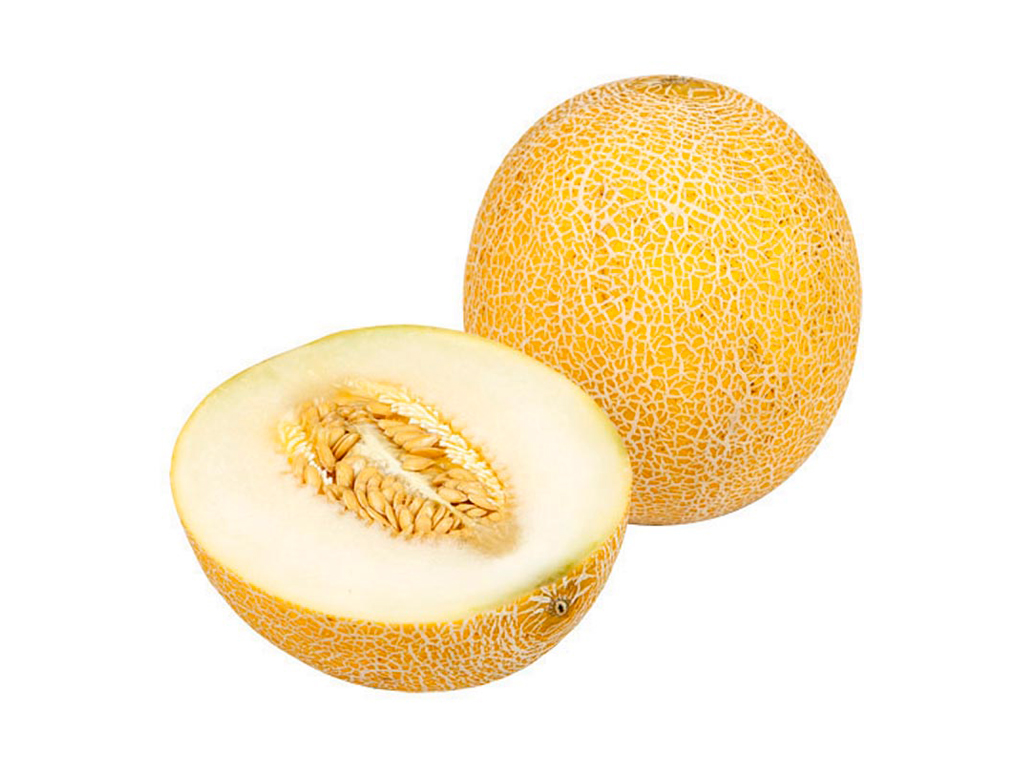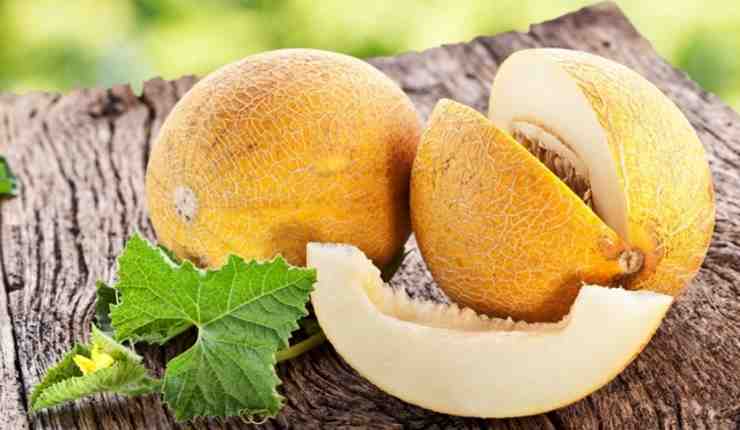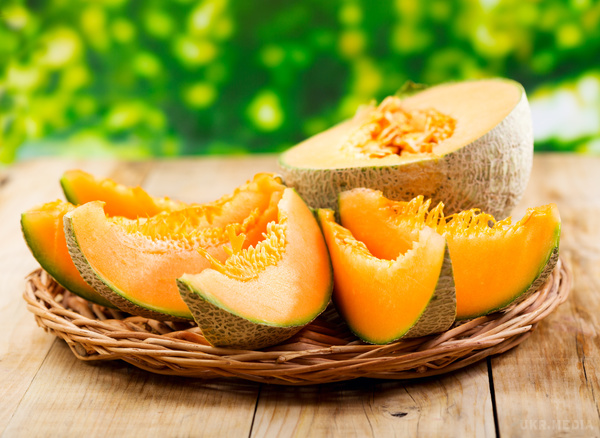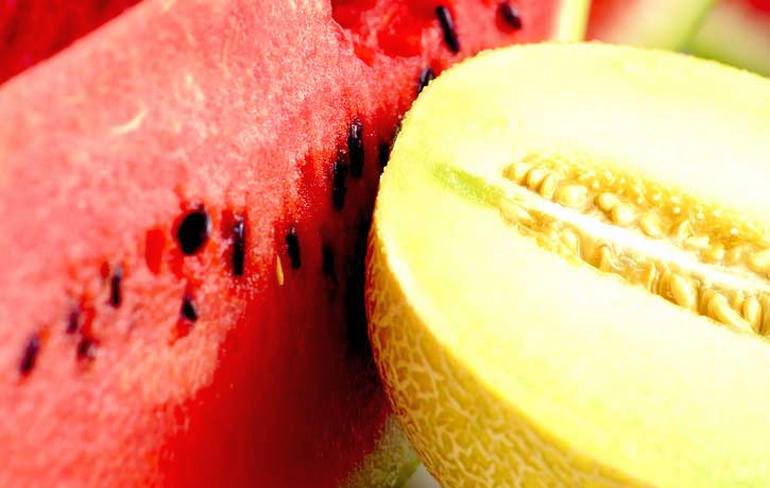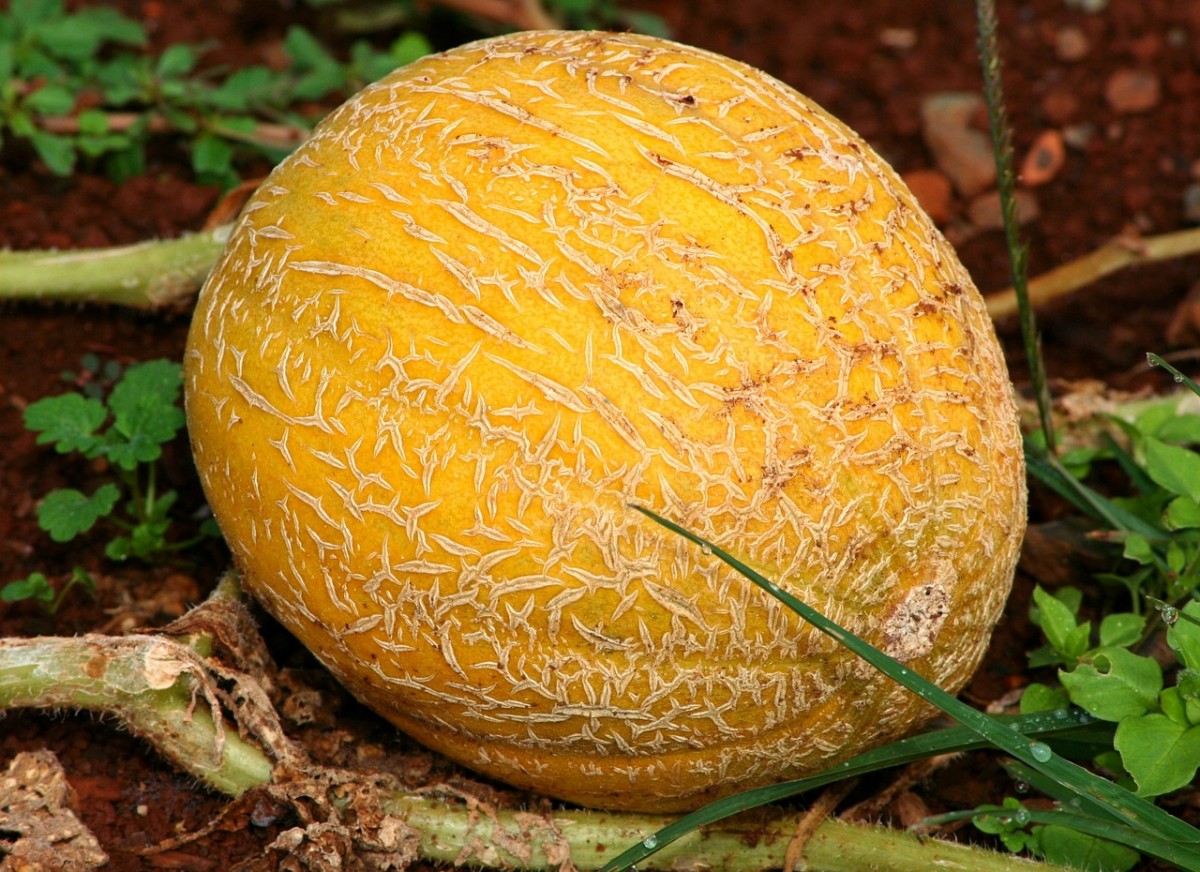Content:
Not all melon varieties are suitable for growing in central Russia. Usually, farmers and summer residents choose those that are characterized by medium or early ripening.
general information
Central Asia is considered the birthplace of melon. It has been cultivated here for two thousand years. From historical chronicles it is known that in the first centuries of our era, Chinese merchants brought the melon from the Amu Darya and Syr Darya rivers to China.
The exact scientific name of the melon is Cucumis melo.
In Europe, it has been known since the time of the Roman conquest. In the 17th century, during the reign of Alexei Mikhailovich, they began to grow it on the territory of Russia.
It is appreciated primarily for its high taste. In addition, the juicy fragrant pulp contains:
- starch;
- proteins;
- vitamins;
- cellulose;
- minerals;
- organic acids;
- pectins.
Melon is especially rich in iron and potassium salts. Thanks to these features, it is used to treat:
- anemia;
- cardiovascular disease;
- kidney;
- liver;
- gout;
- rheumatism.
The state of human hard tissues, skin and hair depends on its content. Silicon is essential for the functioning of the brain, good for the health of nerve fibers, intestinal walls.
Features of different varieties of melons
Melon belongs to melons and has exquisite taste. This product can be used to make jams, preserves, compotes, marmalade, jam and other dishes.
Melons, depending on the ripening rate, can be divided into the following categories:
- Ultra-ripe (hybrid). Maturation takes only 60 days or less.
- Those that are early maturing or early maturing. Such varieties have a ripening period of 60 to 70 days. Sugar content in such cases ranges from 8% to 15%.
- The period during which mid-season varieties ripen is in the range from 75 to 100 days. They contain 14-15% sugar.
- 95-100 days fall-winter varieties ripen. These melons are large, sugary and lingering.
- Winter varieties are enormous. Their weight can reach 30 kilograms. In this case, the sugar content is approximately 16%. Store them in a cool place.
The shape of the fruit can be different:
- elliptical;
- spherical;
- retracted, resembling a pin in appearance.
The color can be not only even (the colors of the melon are not only yellow, but also green melons, red melons). Striped melon is also not uncommon.
By all accounts, Uzbek melon is considered the most delicious. In Europe, early ripening or ultra early ripening varieties are widespread, derived from the Cantalupa variety.
Next, we will talk about its most famous varieties.
Altai melon
This type of melon belongs to early ripening. The length of the lash is 2 meters. The fruits can weigh from 0.7 to 1.3 kg.
One of the features of the variety is its thin skin and delicate, aromatic pulp. The variety is well adapted to growing conditions in Siberia or the Urals.
Pineapple variety
He is one of the first to appear on store shelves. Refers to early maturing. The peel of this type of melon is reticulate and has a yellow-orange color. Fruit weight is 1.8-2.2 kilograms. It has a very sweet taste.In this case, the pulp has a pinkish tint.
Musky
This type of melon is relatively small in size. It originated in North Africa and the Mediterranean. These melons are characterized by a round and slightly flattened shape. Veins and grooves are distinctly expressed on the peel. The rind is thick. The color can be different: white, grayish-bluish, green, yellow. The pulp of this melon, as described, contains very few calories.
The fruit contains:
- many vitamins A, C;
- potassium;
- manganese.
The pulp is tender, sweet, fragrant orange, red or yellow.
Scythian gold
In this variety, from sowing to fruiting, it takes from 75 to 80 days. One plant of a melon Zlato Scythians bears three fruits. Its mass is 1.1-1.3 kilograms. This hybrid has good resistance to powdery mildew disease. The fruits of this melon are yellow, oval with a clearly visible net. When grown outdoors or in a greenhouse, the variety has a high yield.
Marquise
This variety ripens for 70-80 days. Melon Marquise is characterized by high resistance to various diseases. The length of the lashes is approximately two meters. The melon has white flesh with a pink or cream shade. Recommended use cases:
- fresh consumption;
- making jam or candied fruits.
Fruit weight from one and a half to two kilograms.
Agrotechnics
This is a moody plant. If grown outdoors, it can suffer from various factors:
- Lack of heat.
- Heatwave.
- Lack of moisture.
- Excessive moisture.
When choosing which melon varieties are suitable for central Russia, one must take into account the resistance to adverse environmental conditions.
Soil preparation:
- The soil has been prepared since autumn. You need to dig it up, add humus or peat. If the soil is clayey, dig it up, adding a little sand. It is required to apply 4 kilograms of fertilizer for every square meter of land.
- When grown outdoors in the spring, you will need to dig it up again, simultaneously adding potassium and phosphates to the soil.
- All weeds must be removed from the soil, garbage must be removed.
- When mid-May comes, it is necessary to water the ground abundantly. After that, you need to cover the ground with plastic wrap so that it warms up. After that, you need to dig up the soil again and apply nitrogen fertilizers.
- Next, you need to select seeds for planting. You can take those that were prepared yourself or purchased in a specialized store.
- It is permissible to plant them directly in the soil, but you can first make seedlings, and then plant them in open ground.
It is believed that a good harvest can be obtained from melon seeds harvested 4-5 years ago. For planting, it is recommended to choose large seeds.
Preparation of planting material:
- They are treated with a special disinfectant solution that can be purchased at the store.
- The seeds must be soaked for 12 hours.
To grow seedlings, you need peat cups. The soil is prepared from 1 part of sand to 9 parts of peat. A small amount of wood ash is added (glass for 9 liters of soil).
2 or 3 seeds are placed at a depth of 5 centimeters. This is done in case some seeds do not sprout. The pots are left in a room where there is a constant temperature of 18-20 degrees. Water sparingly until the first shoots appear.
At this point, you need to feed with superphosphate. Repeat after 2 weeks. Then they are planted right in the pots on the garden bed. It is better to do this in April.
Landing on the garden:
- Along one strip, the sprouts are placed 70 centimeters from each other in pre-prepared holes. It is important not to damage the roots of the plant. Often the plant is transplanted along with a lump of earth, trying not to open the roots.
- The first feeding is done two weeks after planting.
- When planting, it is advisable to provide seedlings with shade.
Crop processing:
- The first 2 loosening is carried out between the beds to the depth of the shovel bayonet. In the future, the depth must be reduced.
- Watering is done in a minimum amount. If there was dew in the morning, you can do without it that day.
- Pinching is carried out over the seventh leaf.
- Top dressing is done 14 days after planting. To do this, you can use chicken manure, manure or saltpeter. Further feeding is repeated every 10 days.
When fruits appear, planks or glass are placed under the whip. Otherwise, the fruit may start to rot.
Advantages and disadvantages of certain varieties
For cultivation in Russia, you can choose one of the following varieties:
- Collective farmer. It can produce an excellent harvest. This species is mid-season. Fruits are orange or dark green in color. The pulp is tender, creamy or greenish in color. The fetus weighs 2 kilograms.
- Auger will produce a crop of striped melons, where each stripe is either large yellow or thin green. The pulp is sweet and aromatic, has a protective green color. The variety has a high resistance to diseases and pests. Melon of this species is high yielding.
- The Torpedo variety is winter. It takes 113 days to ripen. The weight of one fruit can reach 4-8 kilograms. The harvest is high. It grows well in the southern regions: in the Crimea, Krasnodar Territory, Kazakhstan, Rostov Region.
For cultivation in the central regions of the Russian Federation: in Moscow, the Moscow region, the Leningrad region, any of the varieties is suitable:
- Scythian gold;
- Collective farmer;
- Alina;
- Iroquois;
- A pineapple;
- Tamanskaya.
Melon cultivation is troublesome. It requires hard work, perseverance, effort. However, the result obtained will allow you to enjoy delicious fruits.
